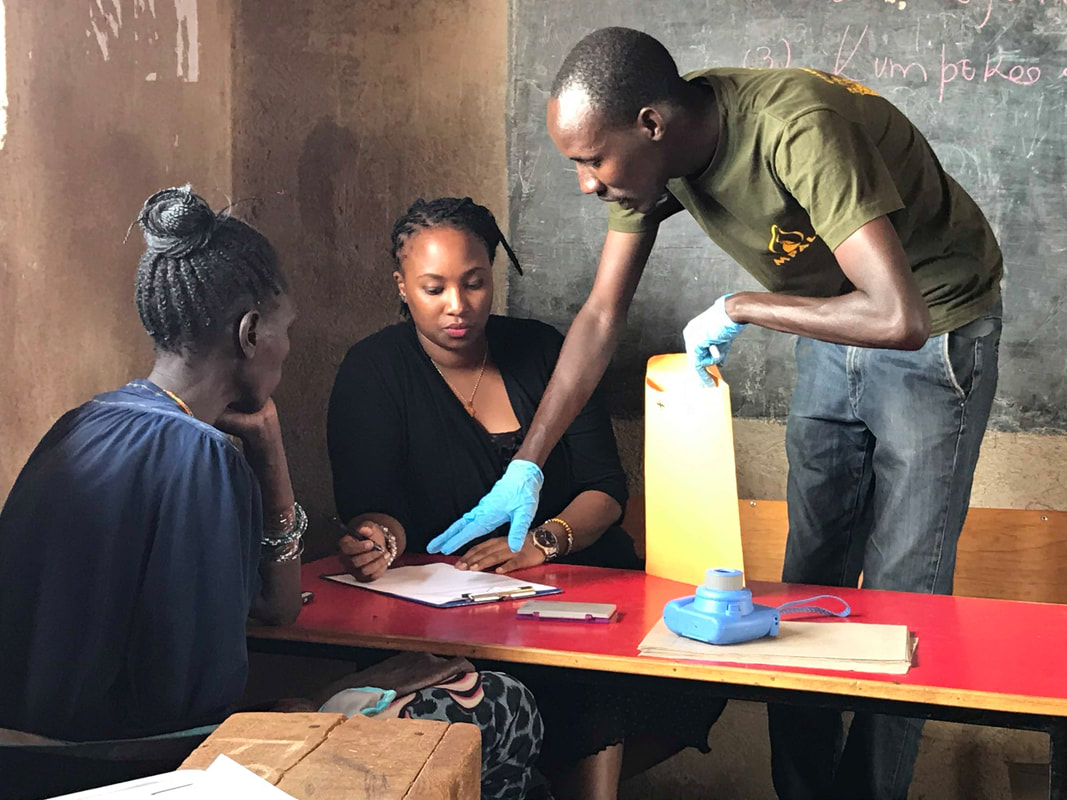Overview
A major goal in evolutionary biology and medicine is to understand the genetic architecture of complex traits, especially health-related traits that also contribute to Darwinian fitness. Achieving this goal remains a challenge because complex traits are not only determined by genotype, which can be measured concurrently with the trait itself, but also by social and ecological experiences that accumulate across the entire life course. However, because collecting life course data is difficult, the contribution of environmental experiences (especially in early life) to long-term health remains poorly understood, as does the degree to which these exposures modify the relationship between genotype and phenotype.
To address these gaps, we collect environmental, genomic, and health data to investigate: (i) the gene regulatory mechanisms that mediate environmental effects on health and (ii) the degree to which these relationships are genotype-dependent (i.e., GxE interactions). Our work focuses on subsistence-level human populations, because they provide opportunities to investigate how major, ongoing environmental shifts—namely market-integration and urbanization—impact health. We also complement this work with lab-based experiments and studies in model systems. By working "in the field" and "in the lab", our goal is to simultaneously evaluate the importance of life course experiences and GxE interactions in natural populations, as well as the causal pathways linking these processes to health.
To address these gaps, we collect environmental, genomic, and health data to investigate: (i) the gene regulatory mechanisms that mediate environmental effects on health and (ii) the degree to which these relationships are genotype-dependent (i.e., GxE interactions). Our work focuses on subsistence-level human populations, because they provide opportunities to investigate how major, ongoing environmental shifts—namely market-integration and urbanization—impact health. We also complement this work with lab-based experiments and studies in model systems. By working "in the field" and "in the lab", our goal is to simultaneously evaluate the importance of life course experiences and GxE interactions in natural populations, as well as the causal pathways linking these processes to health.
Current Projects
The Turkana Health and Genomics Project
|
We conduct research as part of The Turkana Health and Genomics Project. This project focuses on testing the "evolutionary mismatch hypothesis", which posits that the mismatch between our genomes—which evolved under past selective pressures—and our modern, urban lifestyles is responsible for rising rates of cardiometabolic disease worldwide. Our long-term collaborations with Kenyan scientists and the Turkana people afford us the opportunity to test this hypothesis within a single group: while the Turkana have historically practiced nomadic pastoralism in isolated, arid regions, recent economic and infrastructure developments in Kenya have led many Turkana to move to cities. Using integrative anthropological, health, and genomic datasets, we are thus able to ask what happens when people who are locally adapted to a subsistence-level, pastoralist lifestyle experience “mismatch” in urban environments.
|
Funding: Canadian Institute for Advanced Research Global Scholars Program, Searle Scholars Program, NIH/NIGMS (R35GM147267)
Key collaborators: Julien Ayroles (Princeton University), Dino Martins (Turkana Basin Institute)
Key collaborators: Julien Ayroles (Princeton University), Dino Martins (Turkana Basin Institute)
The Orang Asli Health and Lifeways Project
We also work with the indigenous peoples of Malaysia, known collectively as the Orang Asli, as part of the Orang Asli Health and Lifeways Project (OA HeLP). The Orang Asli have traditionally practiced subsistence agriculture as well as hunting and gathering, but like the Turkana, have experienced rapid socioeconomic and cultural change in the last few decades. OA HeLP aims to understand how lifestyle change is affecting non communicable disease risk in the Orang Asli, with a particular focus on the contribution of early life experiences. This project follows many of the same themes as the Turkana Health and Genomics project and provides an important comparative perspective on the relationship between lifestyle change, the genome, and human health.
Funding: NSF Biological Anthropology (BCS 2142090)
Key collaborators: Thomas Kraft (University of Utah), Vivek Venkatraman (University of Calgary), Ian Wallace (University of New Mexico), Yvonne Lim (University of Malaya)
Key collaborators: Thomas Kraft (University of Utah), Vivek Venkatraman (University of Calgary), Ian Wallace (University of New Mexico), Yvonne Lim (University of Malaya)
The Rhesus macaques of Cayo Santiago
|
Cayo Santiago, an island off the coast of Puerto Rico, holds an NIH-managed colony of free-living rhesus macaques. Cayo is the oldest primate field station in the world and individuals on the island are regularly monitored through censuses, behavioral observations, and annual trapping efforts. Importantly, this large database of demographic and behavioral data is tied to a biobank of biological samples, including samples of tissue types that are impractical or unethical to collect in humans at large scale. The Cayo Santiago population therefore provides a unique opportunity to understand the connections between life course environmental experiences, multi-tissue gene regulatory processes, and long-term health.
|
Funding: NIH/NIA (R21AG078554)
Key collaborators: Noah Snyder-Mackler (Arizona State University), Laurent Brent (University of Exeter), Michael Platt (University of Pennsylvania), Mike Montague (University of Pennsylvania), James Higham (New York University)
Key collaborators: Noah Snyder-Mackler (Arizona State University), Laurent Brent (University of Exeter), Michael Platt (University of Pennsylvania), Mike Montague (University of Pennsylvania), James Higham (New York University)
Massively parallel reporter assays
One of the lab's major goals is to compliment field-derived datasets with lab-based assays that can more easily establish causality. To this end, we routinely work with massively parallel reporter assays to test the relationship between genotype and gene expression (via STARR-seq) as well as DNA methylation and gene expression (via mSTARR-seq, developed by PI Lea). These functional genomic assays allow us to carry out high-throughput evaluations of genetic and epigenetic effects in an experimentally controlled setting.
Funding: Canadian Institute for Advanced Research Global Scholars Program, Searle Scholars Program, NIH/NIGMS (R35GM147267)
Key collaborators: Chris Vockley (Broad Institute)
Funding: Canadian Institute for Advanced Research Global Scholars Program, Searle Scholars Program, NIH/NIGMS (R35GM147267)
Key collaborators: Chris Vockley (Broad Institute)


